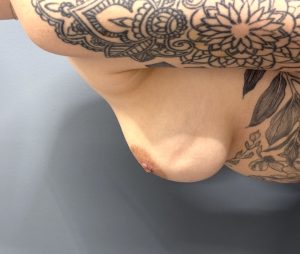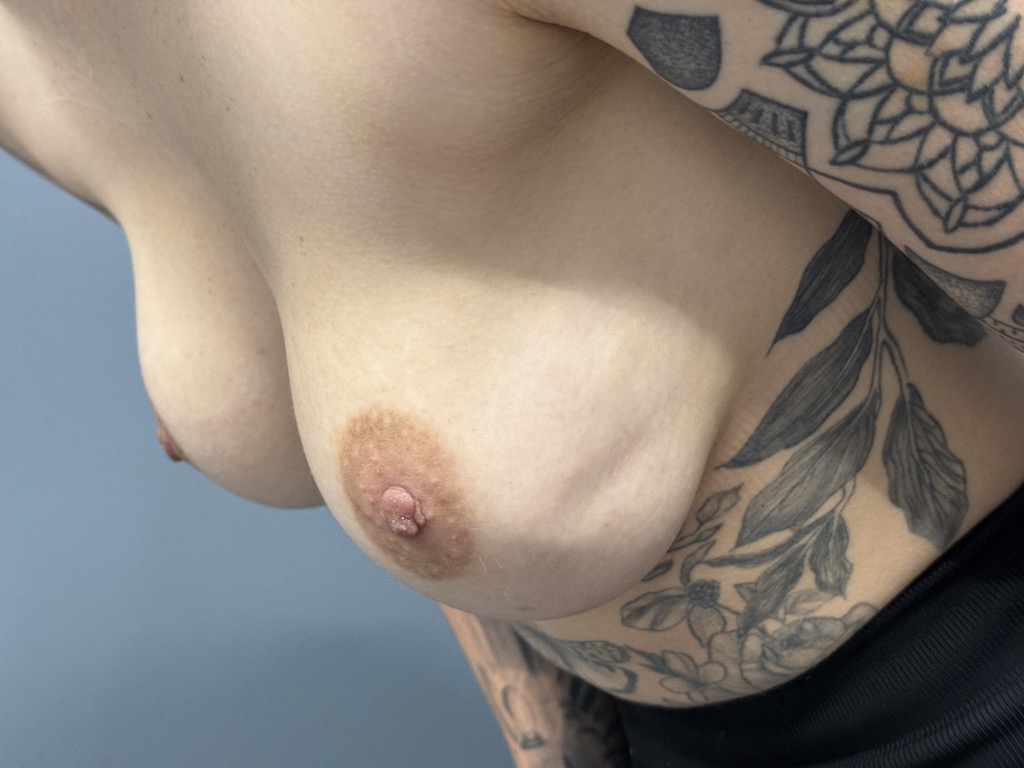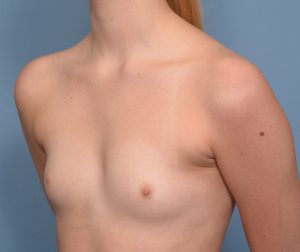Background: Breast augmentation remains the most commonly performed aesthetic implant surgery in the world by implant numbers. This is true not only because of its long standing history and familiarity but also due to the need for bilateral implants. The implant types has always been two, either a silicone gel or saline fluid fill. Each one has their merits and advocates but it is more about understanding the differences between the two than that one is better than the other.
Saline breast implants have multiple features that differentiate them from silicone implants. They are placed unfilled and then filled after in place unlike silicone implants which are prefilled. They often cost less and this reason alone could be the motivating factor for some patients to choose them over silicone. They can also be safely overfilled which is why in the U.S. any patient who needs breast implants greater than 800ccs volume has to use saline implants.
But saline implants have their disadvantages even though they are expected. One is that they will eventually sustain a mechanical failure of their shell and will partially or fully deflate. It is fair to say most saline breast implants will not last a lifetime and will eventually need to be replaced. The other non-failure disadvantage is the development of rippling, folds in the shell that are most evident laterally outside the lateral border of the muscle as well as when one bends over. While not indicative of pending implant failure they can be aesthetically disturbing. Overfilling of the implant at the time of placement can lessen this occurrence but it does not completely eliminate it as the shell relaxes over time.
Case Study: This young female no breast development with very small nipples for which she sought breast augmentation. Through a transaxillary approach 325 moderate plus profile saline implants were placed and inflated to 375cc.



To improve and/or eliminate the ripping with intact saline breast implants there are two options. Exchanging the implants for silicone gel will always improve saline implant rippling. It may or may not completely eliminate it but it will definitely reduce it with a better implant feel. The other option, usually done for economic reasons, is to add more volume to the indwelling implants. Usually it takes at least 50ccs or more to be effective at rippling reduction. The tradeoff is that the breasts will feel more firm and will be a bit bigger.
Key Points:
1) The long term results seen in this case of saline breast augmentation illustrate many of the expected aesthetic changes that can/will occur.
2) Rippling is a common benign saline breast inplant sequelae for which initial overfilling does not always eliminate its appearance long term.
3) Between the augmentation and pregnancies the breast changes shape in many ways from mound lowering to nipple-areolar enlargement.
Dr. Barry Eppley
World-Renowned Plastic Surgeon






